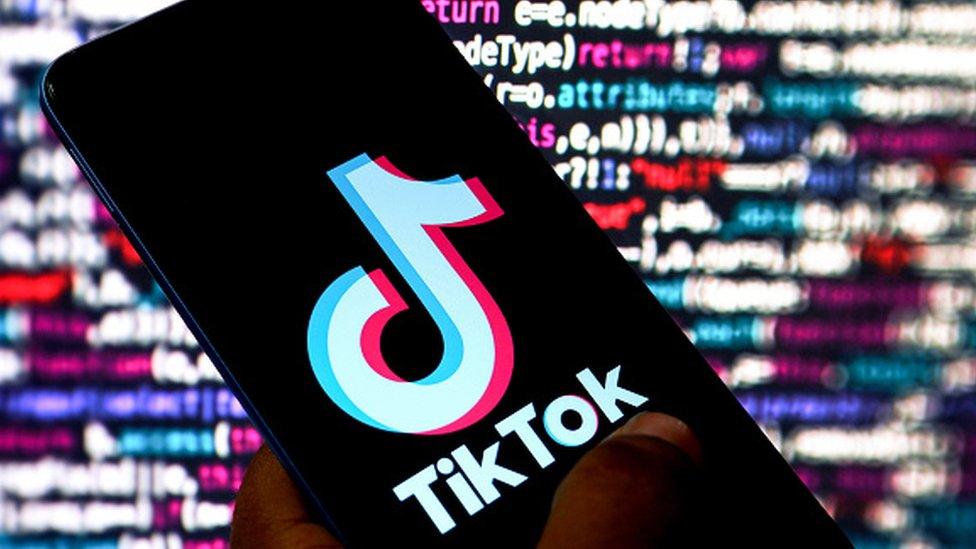(ThyBlackMan.com) Those predicting the death of virtual reality should look at HTC Vive Pro because it’s a proof that VR will grow and it’s not going to die anytime soon. So when Facebook-owned Oculus introduced Rift virtual reality headset, people started speculating on the possibilities of VR touching many industries other than gaming. Travel, healthcare, finance, web and application development are some of them. When big players like HTC and Sony joined the VR bandwagon, it was pretty clear that VR will take us to a new world, but things didn’t go well as per the expectations. What stopped people from adopting the technology is the heaping pile of challenges existing users have been facing for a long time. Now when HTC has introduced an improved version of its virtual reality headset, it is safe to assume that creators are listening and challenges are being addressed.
This year, HTC announced a new Vive Pro VR headset with built-in headphones and higher-resolution display. The company’s new VR headset offers 78 percent higher resolution than the previously launched Vive. Now the dual-OLED display features 2880 x 1600 resolution meaning that per eye display resolution is increased to 1400 x 1600 with a pixel density of 615 PPI. You can easily see the difference in the quality of visuals on the two headsets.
If we look at the needs of consumers, this upgrade is pretty impressive and there are some more areas HTC has paid attention to. For users, comfort is important because the current HTC Vive is bulky and it feels heavy when you wear it. It is the same case with almost all the virtual reality headsets. HTC Vive Pro solves this problem as the company has made some significant changes in design. In the new headset, you will find a dial to adjust comfort level and fitting. It means that you can go beyond that default headset size to choose your best comfort level with the help of a small gear available on the back side of the headset.
VR headset users don’t want any light coming in and HTC has solved this problem with its Pro headset. The face padding and nose cover are increased with a cloth lining on the edges. It not only makes the headset more usable but also adds extra comfort. Other than the sizing dial, the headstrap now adds built-in headphones. These headphones do not support noise cancellation but will surely help users because earlier, a separate pair of headphone was needed, meaning that more wires were attached to the entire setup.
The HTC Vive Pro also comes equipped with a dual camera setup. The cameras look like eyes and developers can easily take advantage of it. The Vive Pro is also backwards compatible, meaning that it is compatible with SteamVR tracking 1.0 and 2.0. Finally, the company has decided to deliver wireless virtual reality experience with its Vive and Vive Pro headsets. HTC introduced a wireless adapter for its headsets and the adapter will be sold separately. The company has not shared any pricing details for the wireless adapter and the Vive Pro headset. According to HTC, the original Vive headset will be on sale throughout the year and pricing details of the new headset will be revealed soon.
Other than the PlayStation VR, if you are looking for a cheap virtual reality headset, Oculus Rift would be a better choice over the Vive and Vive Pro. The Oculus Rift is now available for around $400. The package includes a headset, two sensors, and touch controllers. As far as the price of the new HTC Vive Pro is concerned, it won’t be cheaper than this. The Rift is a solid option for those looking for a budget headset. The original Vive package costs $599 that includes the Vive headset, two base stations, and two wireless controllers.
Staff Writer; Corey Shaw
Have any Tech Tips? News? Hit up our Tech Guru at; CoreyS@ThyBlackMan.com

















Leave a Reply